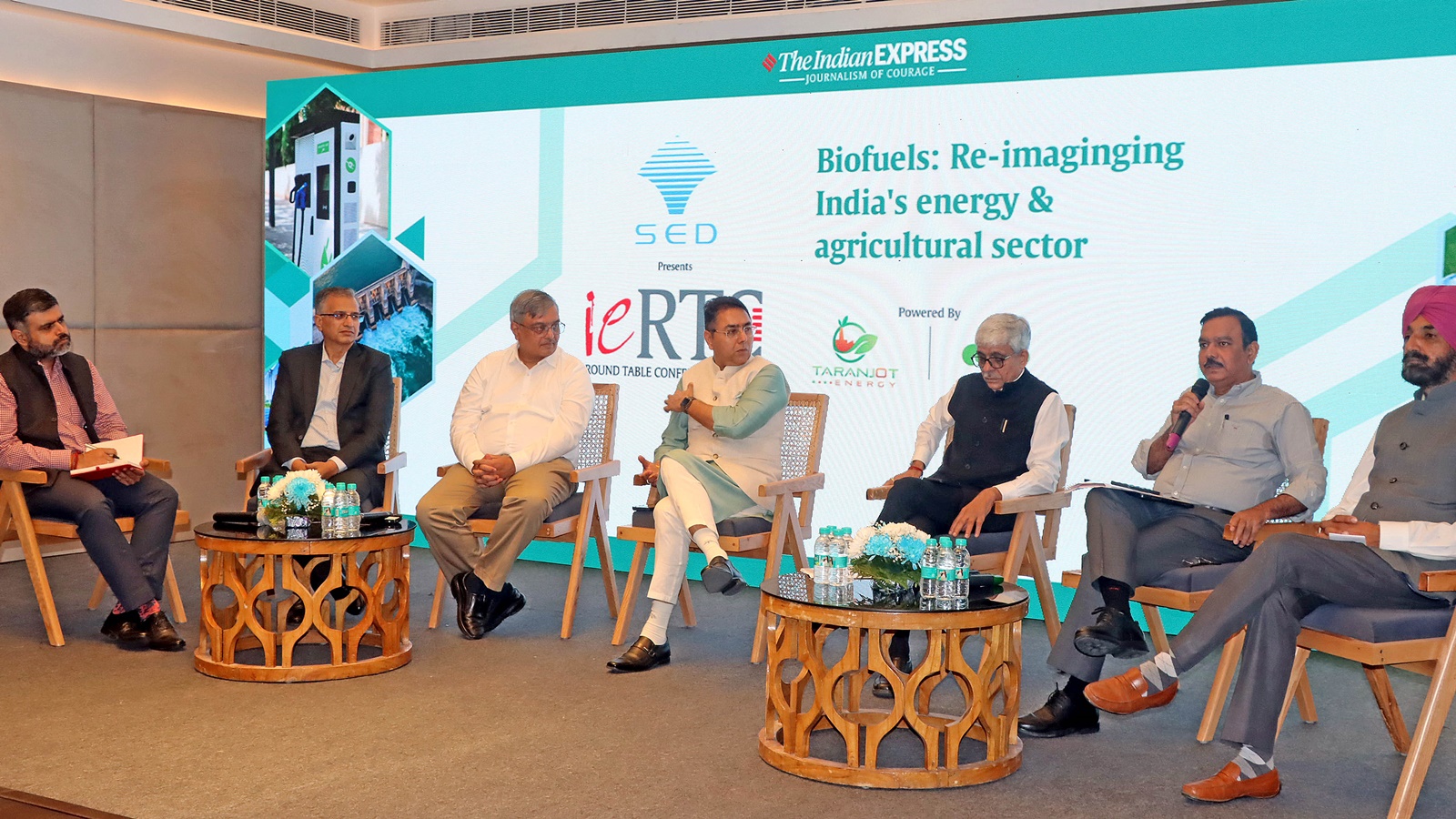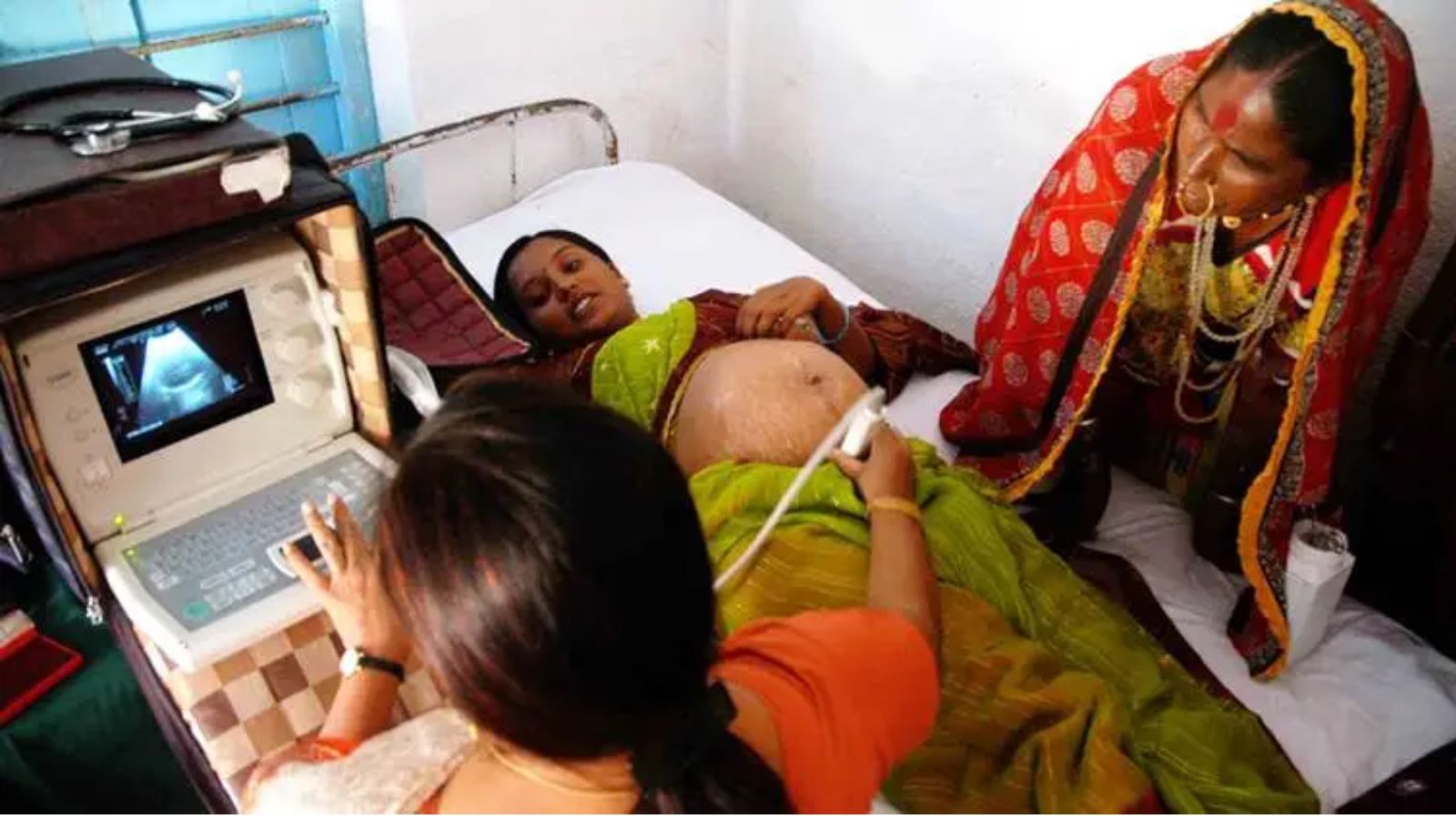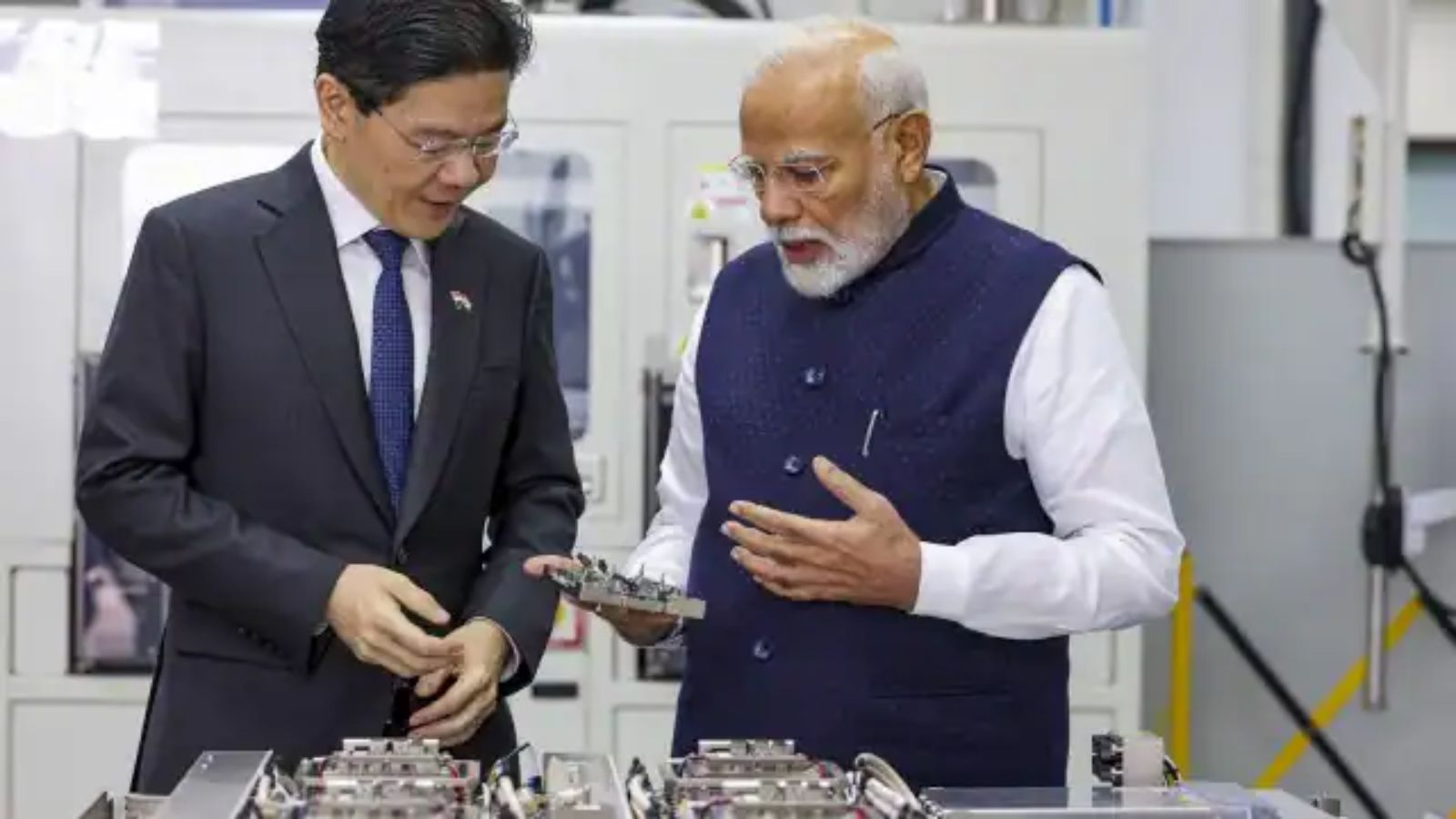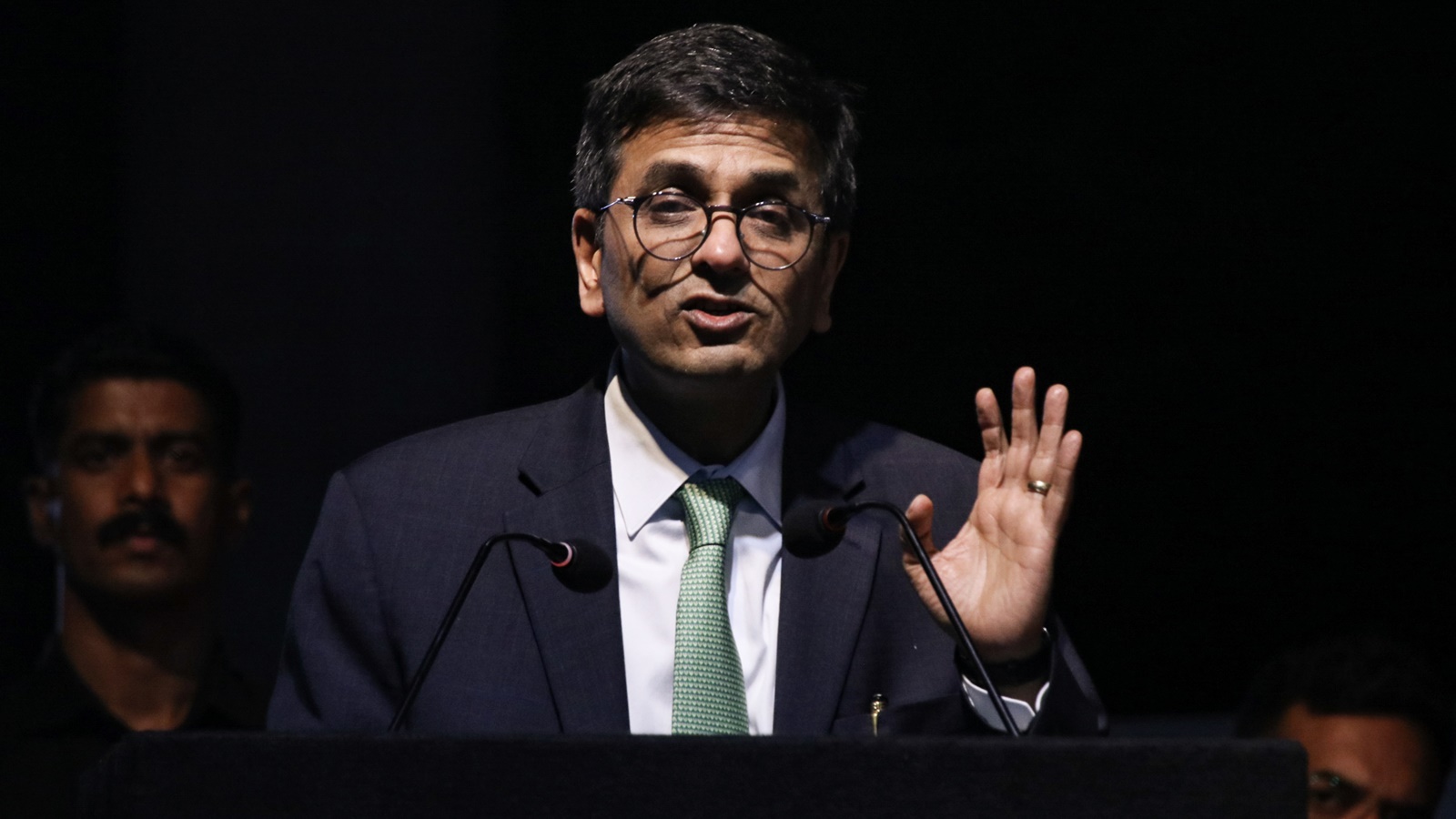Over the past few decades, China has witnessed a significant increase in the average height of its population, particularly among men. According to CNN , a 2020 study published in The Lancet medical journal found that “Of the countries examined, China saw the largest male height increase between 1985 and 2019.” In contrast, Indian men have only seen a marginal height increase over a similar period, raising questions about what might hinder growth in India. The study stated, “Gains in mean height at age 19 years in China were larger than in India by 3·5 cm (95% CrI 1·8–5·1) for boys and 2·3 cm (0·9–3·7) for girls.” This was also highlighted in a video by content creator Sarthak Ahuja. Watch the video: A post shared by Sarthak Ahuja (@casarthakahuja) The disparity between China’s and India’s average height gain suggests certain fundamental issues. Dr Jagadish Hiremath, public health intellectual, says, “The remarkable height increase among Chinese men can be attributed to a combination of factors, including significant improvements in nutrition, healthcare, and economic growth. Over the past few decades, China has invested heavily in public health , education, and poverty reduction, leading to better childhood nutrition and healthcare.” He adds, “In contrast, while India has seen economic growth, challenges such as malnutrition, inequitable healthcare access, and poverty remain barriers to significant height increases. Malnutrition continues to affect over 30% of Indian children, limiting their full growth potential compared to their Chinese counterparts.” Urbanisation often leads to better access to healthcare, education, and nutrition, all of which contribute to improved growth patterns, informs Dr Hiremath. “In China, rapid urbanisation over the last few decades has provided more people access to modern amenities, healthcare, and diverse diets.” He says, “In India, however, urbanisation has not translated into equally significant health improvements due to the persistence of urban poverty, overcrowding, and inadequate sanitation in many areas. Rural-urban disparities in healthcare and nutrition also remain more pronounced in India than in China , slowing the growth in height for large sections of the population.” Dr Hiremath suggests that India focuses on strengthening maternal and child nutrition programs to bridge the height gap. This would ensure that pregnant women and young children receive essential nutrients like folic acid, vitamin A, and iron. “Policies that address malnutrition and food security, especially in rural areas, would have a significant impact on overall growth patterns. Expanding universal healthcare access , particularly in underserved communities, and improving public health infrastructure would also help close the gap. Finally, public education campaigns focusing on the importance of early childhood nutrition and hygiene could lead to long-term improvements,” he recommends. DISCLAIMER: This article is based on information from the public domain and/or the experts we spoke to. Always consult your health practitioner before starting any routine. None
Popular Tags:
Share This Post:
SC to rule on legality of Citizenship Act provision in Assam
- by Sarkai Info
- October 17, 2024

What’s New
Spotlight
Today’s Hot
The spread of sex selection in India: Not just the foreign hand
- By Sarkai Info
- October 17, 2024
Featured News
Is overusing painkillers harming your stomach and kidney?
- By Sarkai Info
- October 17, 2024
Why climate change is a national security issue
- By Sarkai Info
- October 17, 2024
Latest From This Week
Vasan Bala’s unabashed cinephilia nearly salvages a lacklustre Jigra
ARTICLE
- by Sarkai Info
- October 17, 2024
Subscribe To Our Newsletter
No spam, notifications only about new products, updates.





























